We look at some of the Hollywood references that lace the photographer’s seminal work
As a child, photographer Cindy Sherman had an experience viewing a film which would leave an enduring impression on her, and go on to influence one of her greatest bodies of work. “I happened upon a movie told entirely through still images, except for one brief moment of motion”, she would later recall. “I didn’t remember the name of it, only the fact that I was entranced by the story told through these still images.” As an adult, she would re-encounter the film and discover it was Chris Marker’s La Jetée (1962), a story which he constructed almost exclusively through single static shots; a brief shot of a woman opening her eyes was the only moving image in the film. This interest in the ability to create narrative through single images would come to fruition in Sherman’s own work through her Untitled Film Stills (1977-1980). In this series of photographs, Sherman would create her own sequence of still images, but in contrast to Marker’s film, her shots were not intended to form a linear narrative. Instead, each image was designed to suggest the world of a different film in itself, inviting the viewer to imagine the story from which each image had been taken.
Sherman plays all the characters in the Untitled Film Stills herself. But while the series has often been interpreted as a form of self-portraiture, she maintains the photographs are not autobiographical, and that they are entirely fictional and drawn from cinema. La Jetée would not be the only film to influence her work: the series also takes inspiration from a number of other notable films, directors, and actresses from the 1950s to the 1970s, while also challenging and reinventing the images of women seen in many of these films. In creating her series, Sherman drew from a wealth of film viewing experiences from many stages of her life, including early viewings of Hitchcock’s Rear Window, movie screenings attended while a student at Buffalo, and films she saw in New York after moving to the city in 1977.
“UNTITLED FILM STILL #13” (1978): JEAN-LUC GODARD’S LE MEPRIS
One of the photographs which Sherman has confirmed as being a reference to a specific actress of this period is “Untitled Film Still #13” (1978), in which she plays a woman with long blonde hair reaching for a book on a shelf, designed to evoke the image of Brigitte Bardot. Sherman’s take on the character, intended by the artist to be more of a Bardot type than a Bardot copy, also wears a headscarf similar to the way Bardot did in Jean-Luc Godard's 1963 film Le mepris (Contempt). Sherman had become acquainted with Godard’s work following her move to New York, where she began visiting arthouse venues like the legendary Bleecker Street Cinema. However, Sherman's take on Bardot shows her in the kind of intellectual context that most filmmakers did not give to the real Bardot. In Le mepris, Bardot plays the wife of a frustrated writer who feels her husband is using her in order to further his career in the film industry. However, in Untitled Film Still #13, Sherman’s “Bardot type” is seizing the initiative and diving into the creative resources on the bookcase with the kind of agency that the Bardot of Le mepris was denied.
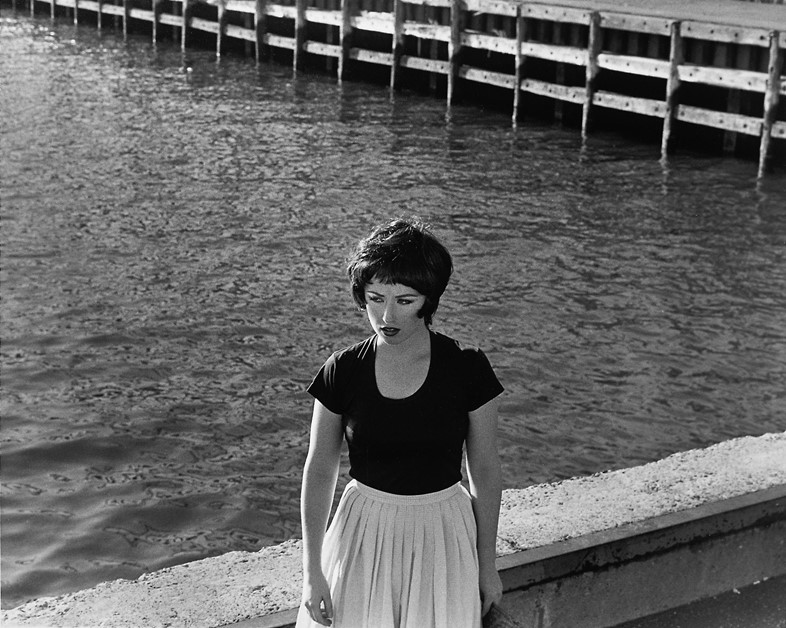
“UNTITLED FILM STILL #25” (1978): FRANÇOIS TRUFFAUT’S JULES ET JIM (1962)
As the series progressed, Sherman began using outdoor locations in some of her shots. One such image, “Untitled Film Still #25” (1978), came during a trip with the artist Robert Longo. He was having a romantic relationship with Sherman at the time, and sometimes accompanied her to screenings at Bleecker Street, where they also saw the work of François Truffaut. One of Truffaut’s most iconic films, Jules et Jim (1962, also shot in black and white), ended with the female lead driving into a river with her former lover; by contrast, this image struck Longo as evoking the sense of a story in which the woman’s lover has driven off into the water alone, while she walks away to a new life. Again, Sherman’s work recalls the style of notable directors, but with positive agency for the woman being represented.

“UNTITLED FILM STILL #35” (1979): VITTORIO DE SICA’S LA CIOCIARA (1960)
“Untitled Film Still #35” (1979) has been confirmed by Sherman as an allusion to Vittorio De Sica’s La ciociara (also known as Two Women), which starred Sophia Loren as a woman experiencing immense suffering during wartime; in the image, Sherman wears a dress very similar to the one Loren wore in the 1960 De Sica film. However, a closer look at the photograph reveals something else: a cable in the background of the shot, which also happens to be the cable attached to the shutter release with which she is taking the picture. This important detail shows Sherman’s challenge to the image of the persecuted woman, by making it clear that the artist herself is in command of this example of female representation.
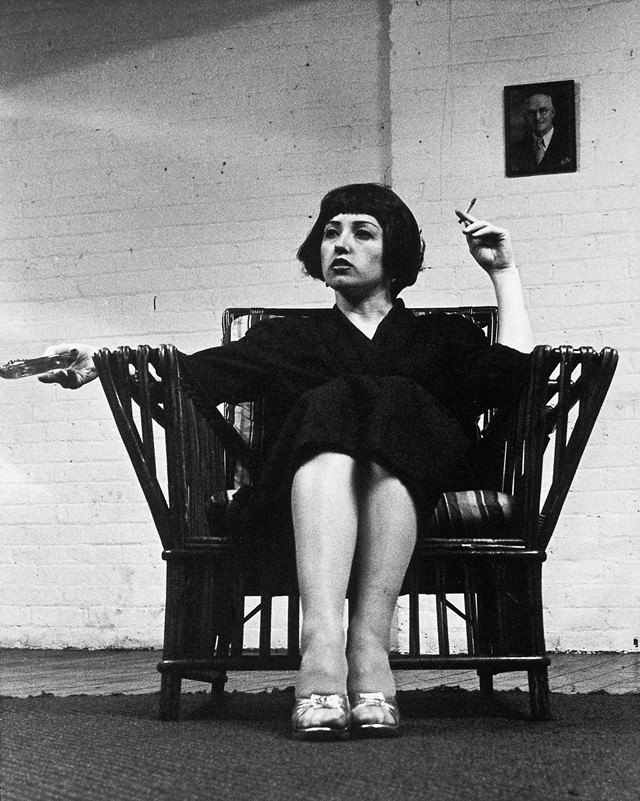
“UNTITLED FILM STILLS #16, #48, AND #63”: MICHELANGELO ANTONIONI’S LA NOTTE (1961), L’AVVENTURA (1960), AND L’ECLISSE (1962)
While working on the series, Sherman also borrowed books on film from friends, and would later mention Michelangelo Antonioni as one of the directors whose work stood out. His influence can be seen on a number of stills, especially those which are evocative of shots from his informal trilogy about modern alienation, 1960’s L’avventura (which 1979’s Untitled Film Still #48 is reminiscent of), 1961’s La notte (Untitled Film Still #16, 1978) and 1962’s L’eclisse (Untitled Film Still #63, 1980). Each film features Monica Vitti playing a key role; like Sherman in the stills, Vitti also alternated between her natural blonde hair (in L’avventura and L’eclisse) and a short dark wig (in La notte).
Like Sherman’s film stills, Antonioni’s trilogy focused on women experiencing loneliness and disconnection in uncomfortable environments. However, in contrast to Antonioni’s films, in which Vitti’s characters are explored partly through relationships with men, Sherman’s women are shown on their own terms, isolated but independent.
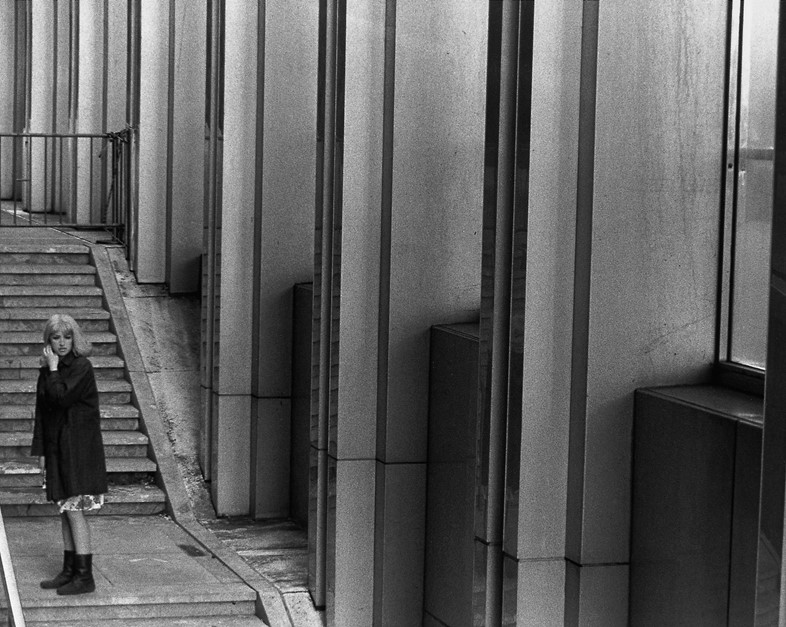
Sherman would conclude the Untitled Film Stills in 1980 but would continue to reference cinema in her work, and later direct a feature film of her own, 1997’s Office Killer. But the impact of single shots in relation to cinema would stay with her. In 2012, to accompany a MoMA retrospective of her work, she curated a selection of films which had been influential on her practice, including Maya Deren’s Meshes of the Afternoon (1943), which Sherman described as “images strung together for the viewer to decipher”. She remains as aware as ever of the power of the individual image to conjure up an entire world in the mind of each viewer who sees it.
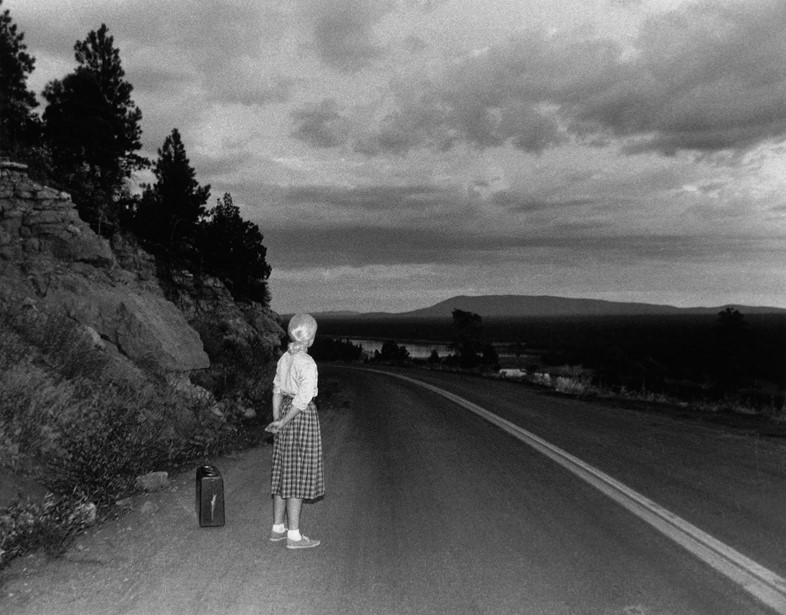
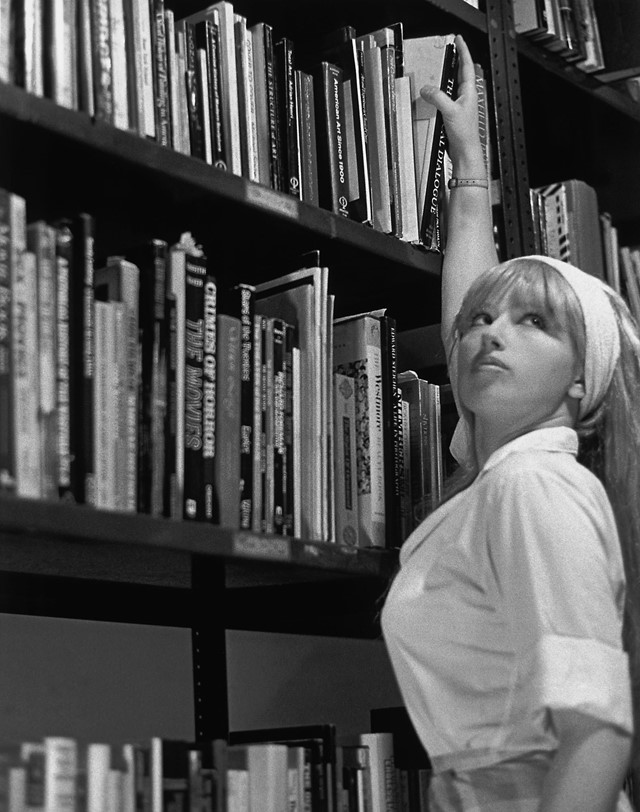



![Nan Goldin, The Ballad of Sexual Dependency [1986]](https://images-prod.dazeddigital.com/200/74-0-1388-1388/azure/dazed-prod/1310/9/1319932.jpg)